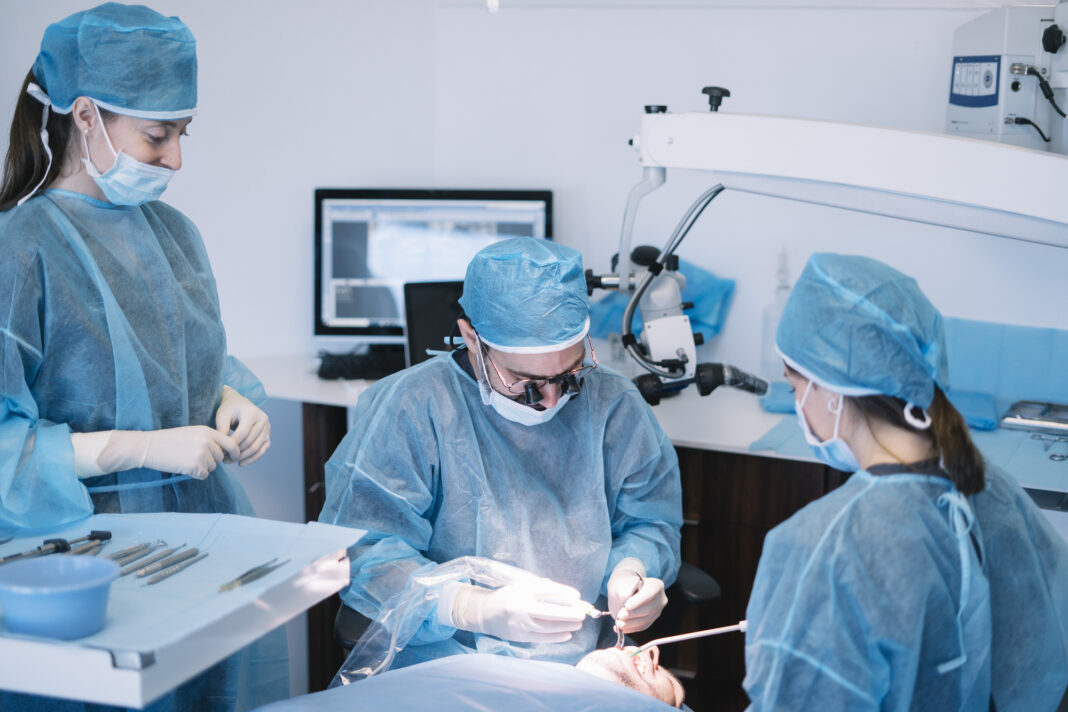Many of us tend to avoid the dentist when we can. Even if your teeth and gums are in good health, getting dental work done can be challenging to commit to. The good news is that it may not be as bad as you think.
There are three common types of dental oral surgery that you will likely come across at some point in your life. Knowing which ones are normal and when to seek extra care is key to having a healthy mouth and good hygiene.
Be prepared by reading on. Here are the primary types of oral dental surgery and when you’re likely to experience them.
1. Wisdom Tooth Removal
Wisdom tooth removal is one of the most common types of dental surgery. Wisdom teeth are the third molars and also the last teeth to develop in the mouth. They typically erupt around the age of 18.
Wisdom teeth become impacted when there is insufficient space for them to erupt or grow normally. The tooth may grow at an angle toward the next tooth or at an angle toward the back of the mouth.
Impacted wisdom teeth can cause pain, infection, and damage to the surrounding teeth. In some cases, they can also lead to cysts and tumors.
While wisdom tooth removal is a relatively simple procedure, it does come with a small risk of complications, such as infection, nerve damage, and jawbone fracture.
2. Underbite Correction
When the lower teeth protrude further than the upper teeth, a condition known as underbite can develop.
An underbite can be the result of a relatively minor misalignment that can affect either you or your child. Your upper and lower teeth are very close to making contact with one another at this point.
Surgery for underbite correction can help correct this. It can be done by moving the lower jaw forward or shaving down the back of the upper teeth.
3. Dental Implants Placement and Removal
Dental implant surgery is done by placing artificial teeth in the mouth. Dental implants are placed to replace missing or damaged teeth. There are three common types of dental implants: endosteal, subperiosteal, and zygomatic.
Endosteal implants are inserted into the jawbone directly. Subperiosteal implants are positioned above the jawbone or above the gum line. Zygomatic implants are placed near the cheekbone.
Dental implant removal is also a type of surgery usually performed to remove an implant that has failed or is no longer needed.
They are commonly removed due to infection, instability, or due to the development of complications such as peri-implantitis. In some cases, patients may also elect to have their dental implants removed due to dissatisfaction with their appearance.
Importance of Dental Surgery
It is essential to discuss your options with a trained dental professional to gain a comprehensive understanding of which variety of dental surgery will be the most suitable for your specific requirements.
Underbite correction surgery, dental implant placement, and wisdom teeth removal are the three most common dental surgeries performed today.
Keep going through our blog for more helpful advice.

